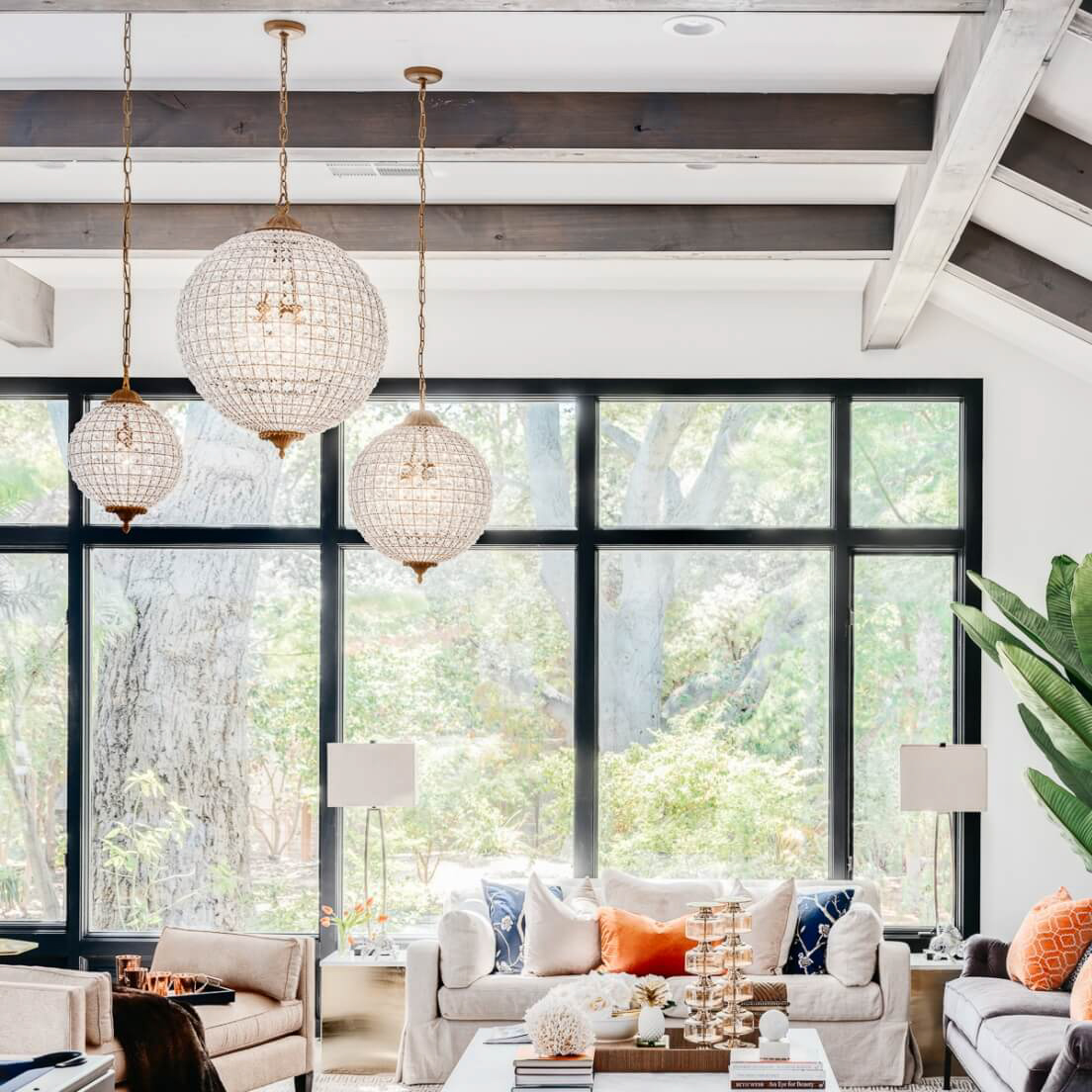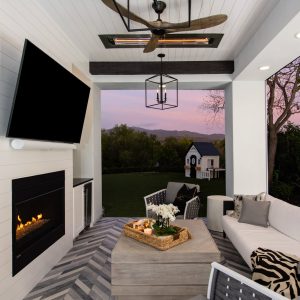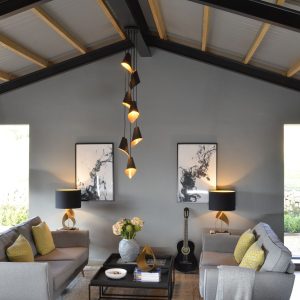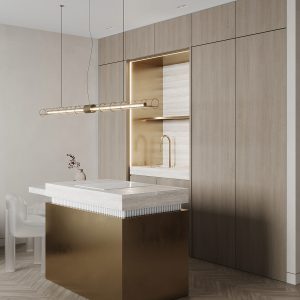
Introduction
In the world of home decor, lighting plays a crucial role in setting the ambiance and mood of a room. A well-designed lamp can add an element of sophistication and elegance to any living space. Among the various types of lamps, a wood turned lamp base has its unique charm, exuding warmth, and rustic charm.
The Art of Wood Turning
Woodturning is a traditional craft that involves crafting objects by rotating pieces of wood on a lathe. With a variety of tools, skilled artisans create beautiful turned objects such as bowls, vases, and lamps. Creating a lamp base can be an intricate process, and it takes a skilled hand to achieve the perfect shape and size.
The Materials
The choice of wood for a lamp base is crucial as it dictates the overall look and feel of the final product. Hardwoods such as cherry and walnut are popular choices as they are dense, durable, and have a beautiful grain pattern. Lighter woods such as maple and birch are also used as they provide a more natural and understated look.
The Process
Woodturning requires precision and patience. The process starts with preparing the wood, which involves cutting it into a manageable size, and then mounting it on the lathe. Next, the artisan uses a variety of tools to cut and shape the wood, creating concave and convex contours. The artisan must be careful not to remove too much material, as the lamp base must be sturdy enough to support the lampshade and lightbulb.
The Finishing Touch
The final step in the process is applying a finish to the lamp base. This step enhances the natural beauty of the wood and protects it from moisture and scratches. A variety of finishes such as oil, wax, and lacquer can be used. Oil finishes penetrate the wood, enhancing the natural grain pattern, while wax finishes provide a soft and natural sheen. Lacquer provides a smooth and durable finish that is easy to maintain.
The Appeal of Wood Turned Lamp Bases
Wood turned lamp bases add a unique character and warmth to any room. The natural grain and color variation provide a range of tones and textures that harmonize with other elements of the decor. The soft and warm glow of the light emanating from the lamp creates a cozy and inviting atmosphere, making it an ideal addition to any living space.
Customizability
One of the advantages of wood turned lamp bases is their customizability. Artisans can create lamp bases with unique shapes and sizes to suit the specific needs of a space. Lamp bases can include intricate designs, detailing, or inlay work, making them a personal statement piece in any room.
The Environmentally Friendly Choice
Another advantage of wood turned lamp bases is their eco-friendliness. Wood is a renewable and biodegradable resource, making it a greener alternative to materials such as plastic or metal. By choosing a wood turned lamp base, one can reduce one’s carbon footprint and contribute towards a more sustainable lifestyle.







